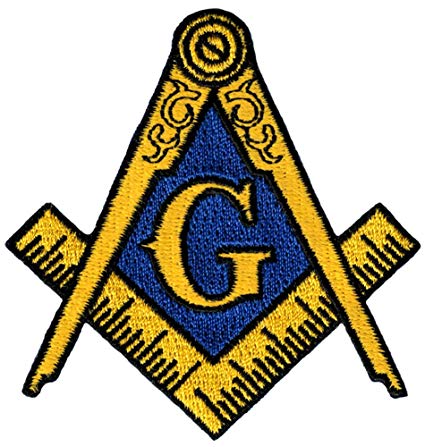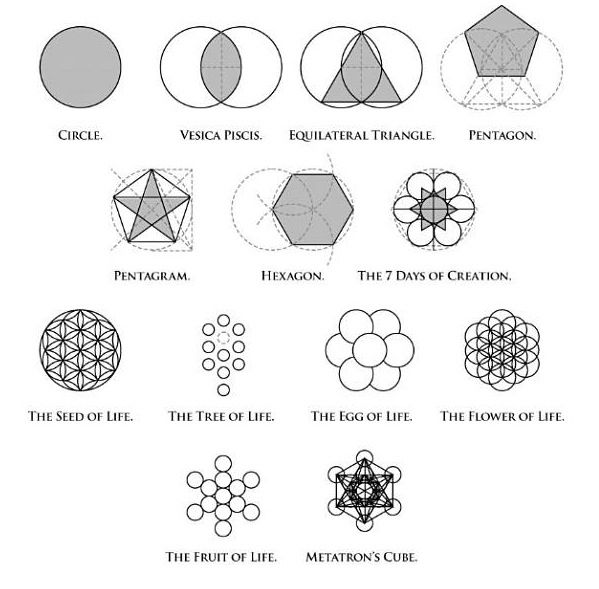
The free-mason symbol is a compass and a straight edge, because with those two tools, you can create all geometry. With those two tools alone, the cathedrals can be designed.
You start with a point
1st dimension
Connect a string and a pen to the end of that point and you have a circle.
2nd dimension
Draw a circle from the edge of the first, and you have a vesica. Two things interacting, and the beginning of complexity.
3rd dimension.
What is it? And why isn’t it the same as 2D? We immediately think of 3D as “space” and Not “flat”, ignoring “flat” doesn’t actually exist except in our minds. 3D is objectivity. 3D Is physicality. Before 3D there exists only I you we, until there is a “they”, until there is conflict, until there is an it. In a way 3D consciousness comes when we grow up to the fact that God is real, and that you have free will to run away from the snake if you want. That mom and my tribe do not make my ultimate fate. “This” Is space. This conflict, this sense of there being objective nature.
So, is there any way that we can test for the differences between 3rd and 2nd consciousness? I would argue that the pre-frontal cortex allows for 3rd dimensional perspective. But How would this be tested? How could it be defined… quantified? How can we say definitively that humans perceive a whole layer of perspective over monkeys? Could this type of perception be shown as a brainwave? as a complexity of neural circuitry? What are the scientific pointers that show this difference definitively, numerically. Could this difference be shown mathematically? Other than just showing that yes it is more complex, are there ways of showing these exponential increase plateaus?
If indeed these stages or states are real then they should correlate in this manner, across math, logic, psychology etc. All these disciplines should show that it is true, and so it should shine through the disciplines. Else we are just intellectually masturbating and going nowhere.
4th Dimension
Integral
4th dimension, commonly referred to as time, is what integral is all about. It shows that growth happens, that there is dynamism. Things aren’t “just” existing, they are changing, they are “going” somewhere, they are in flux. This may be experienced as seeing that going against “destiny” or “your dharma” or accruing “bad karma” leads to entropy, and that listening to this inner knowing speeds up time, and increases probabilistic control and favorable outcomes. 4d begins to recognize a “self” that is beyond the objective universe. the “dynamic self”. the “flux self” or “soul self”, where 3d is the “static self”.
For any one of these to be meaningful though, I want to see symmetry. That the math and the psychology correlate. That the Brain data and the math correlate. etc.
Stages seem to be higher orders of consciousness just as these dimensions are (except there are more of them), but stages also go through 1st 2nd 3rd perspectives, and to me it seems that there is some redundancy with the quadrants and the stages. That this could be collapsed into a superstage, that may correlate to the mathematical concept of dimensions.

